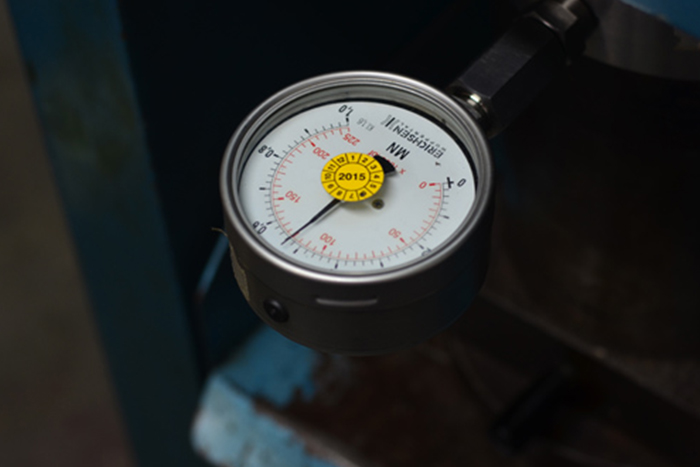
Force Calibration
Instruments such as dynamometers, force gauges and load cells are dependent on accurate force calibration in order to consistently deliver their specified performance.
The Force Calibration Process
Force calibration is performed in one of two ways at our laboratory depending on the weight capacity of the equipment being tested. Most often, equipment with a capacity below 500 LBF will be calibrated using a hand-held dead weight test for tension and compression. Instruments over this weight capacity are generally tested on a computerised force calibration machine with a capacity of 3000kN. Force transducers in three ranges are available for use.
The first step is exercising the customer's equipment to be sure it is in working order for the process to follow. Next, the appropriate equipment is selected and the standard is set. A 5-point calibration will be run for most instruments at every 20 percent of capacity, although a higher accuracy instrument will require 10 points at 10 percent of capacity.
Load Cell, Force Gauge Calibration and More
Instruments such as dynamometers, force gauges and load cells are dependent on accurate force calibration in order to consistently deliver their specified performance.
At GCLC, force gauge, dynamometer and load cell calibration are performed on equipment with capacities over 100,000 LBF of tension and compression. Our force calibration and other calibration services are traceable and accredited to ISO/IEC 17025.
All results from your force calibration service will be clearly detailed in a Calibration Certificate, a report covering as found
Calibration Capabilities
- Dynamometer Calibration
- Force Gauge Calibration
- Tension, Compression
- Load Cell Calibration
- Tension, Compression
